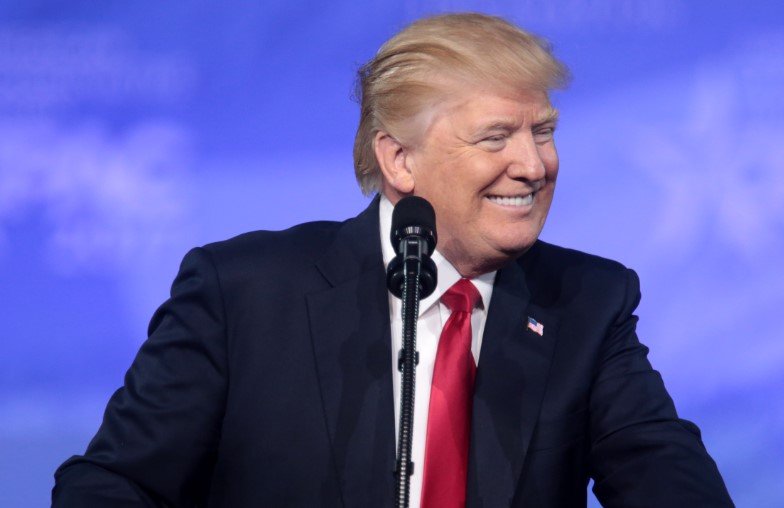President Donald Trump met with leaders from several Arab and Muslim nations in New York on September 24, 2025, to share a new plan aimed at ending the Gaza war. The proposal focuses on a permanent ceasefire, hostage releases, and a fresh governance setup for Gaza without Hamas involvement.
This gathering happened on the sidelines of the United Nations General Assembly. Trump called it a key step toward peace in the Middle East, with support from countries like Saudi Arabia and Egypt.
Meeting Highlights and Attendees
Leaders from eight nations joined the talks, showing broad regional interest in resolving the conflict. The session lasted several hours and included detailed discussions on security and aid.
Trump started by outlining his vision for a quick end to the fighting. He stressed that all parties must work together for lasting stability.
Participants shared a joint paper that backed the U.S. effort while setting clear red lines against certain Israeli actions. This unity marked a rare moment of agreement among diverse leaders.

The meeting built on recent diplomatic moves, such as Trump’s earlier talks with Israeli officials. It also tied into ongoing efforts to expand accords like the Abraham Accords.
Core Details of the Ceasefire Proposal
The plan, described as a 21-point framework, calls for an immediate halt to hostilities. It promises to free all remaining hostages within weeks.
A key feature is the deployment of Arab forces to oversee Gaza’s security during a transition period. This would replace Israeli troops and help rebuild the area.
Trump assured leaders that the U.S. would block any Israeli annexation of the West Bank. This vow aims to ease concerns about broader territorial disputes.
The proposal also includes plans for humanitarian aid flows and economic support for Gaza’s recovery. Experts say this could lead to major investments from Gulf states.
Logical reasoning suggests this approach draws from past deals, like the 2020 Abraham Accords, which normalized ties between Israel and several Arab countries. Recent events, such as Israel’s strikes in the region earlier this year, have heightened the urgency for a deal.
Reactions from Global Leaders
Turkish President Recep Tayyip Erdogan called the meeting fruitful and hinted at a upcoming joint statement. He praised the focus on peace without occupation.
Pakistan’s Prime Minister Shehbaz Sharif highlighted the need for a two-state solution. His comments echoed calls from other attendees for fair treatment of Palestinians.
Indonesian President Prabowo Subianto linked the plan to broader security guarantees for Israel. This balanced view gained nods from the group.
Overall, diplomats expressed optimism, though some noted the challenge of getting Hamas to agree. Trump’s envoy, Steve Witkoff, said a breakthrough feels close.
Social media buzzed with positive takes from users in the Middle East, showing public hope for an end to the violence that has claimed over 40,000 lives since late 2023.
Potential Challenges and Next Steps
Hamas leaders have not yet responded publicly to the plan. Their exile is a sticking point that could derail talks.
Israel’s Prime Minister Benjamin Netanyahu is set to meet Trump soon. His buy-in is crucial for any withdrawal from Gaza.
- Negotiations with Iran: The U.S. plans direct talks to reduce tensions.
- Aid distribution: Ensures food and medical supplies reach civilians quickly.
- Monitoring mechanisms: International observers to enforce the ceasefire.
Experts warn that internal politics in participating countries might slow progress. For instance, domestic pressures in Turkey and Pakistan could influence their commitment.
| Country | Leader | Key Stance |
|---|---|---|
| Saudi Arabia | Crown Prince Mohammed bin Salman | Supports normalization with security guarantees |
| UAE | President Sheikh Mohamed bin Zayed | Backs economic rebuilding in Gaza |
| Qatar | Emir Sheikh Tamim bin Hamad Al Thani | Emphasizes hostage releases |
| Egypt | President Abdel Fattah el-Sisi | Focuses on border security and aid |
| Jordan | King Abdullah II | Opposes West Bank annexation |
| Turkey | President Recep Tayyip Erdogan | Calls for no occupation |
| Indonesia | President Prabowo Subianto | Stresses balanced peace |
| Pakistan | Prime Minister Shehbaz Sharif | Advocates two-state solution |
Broader Impact on Middle East Peace
This initiative could reshape the region by including Syria in future accords. It aligns with Trump’s goal of expanding peace deals.
If successful, the plan might ease global tensions, including those tied to recent U.S. strikes on related threats. Economic benefits could follow, with investments turning Gaza into a stable zone.
Analysts point to the 2025 timeline as critical, with hopes for implementation before year’s end. This comes amid other global events, like climate talks affecting aid priorities.
The proposal solves practical issues like governance vacuums post-ceasefire. It entertains with the drama of high-stakes diplomacy while informing on real paths to peace.
Share your thoughts on this development in the comments below, and spread the word if you found this breakdown helpful.
